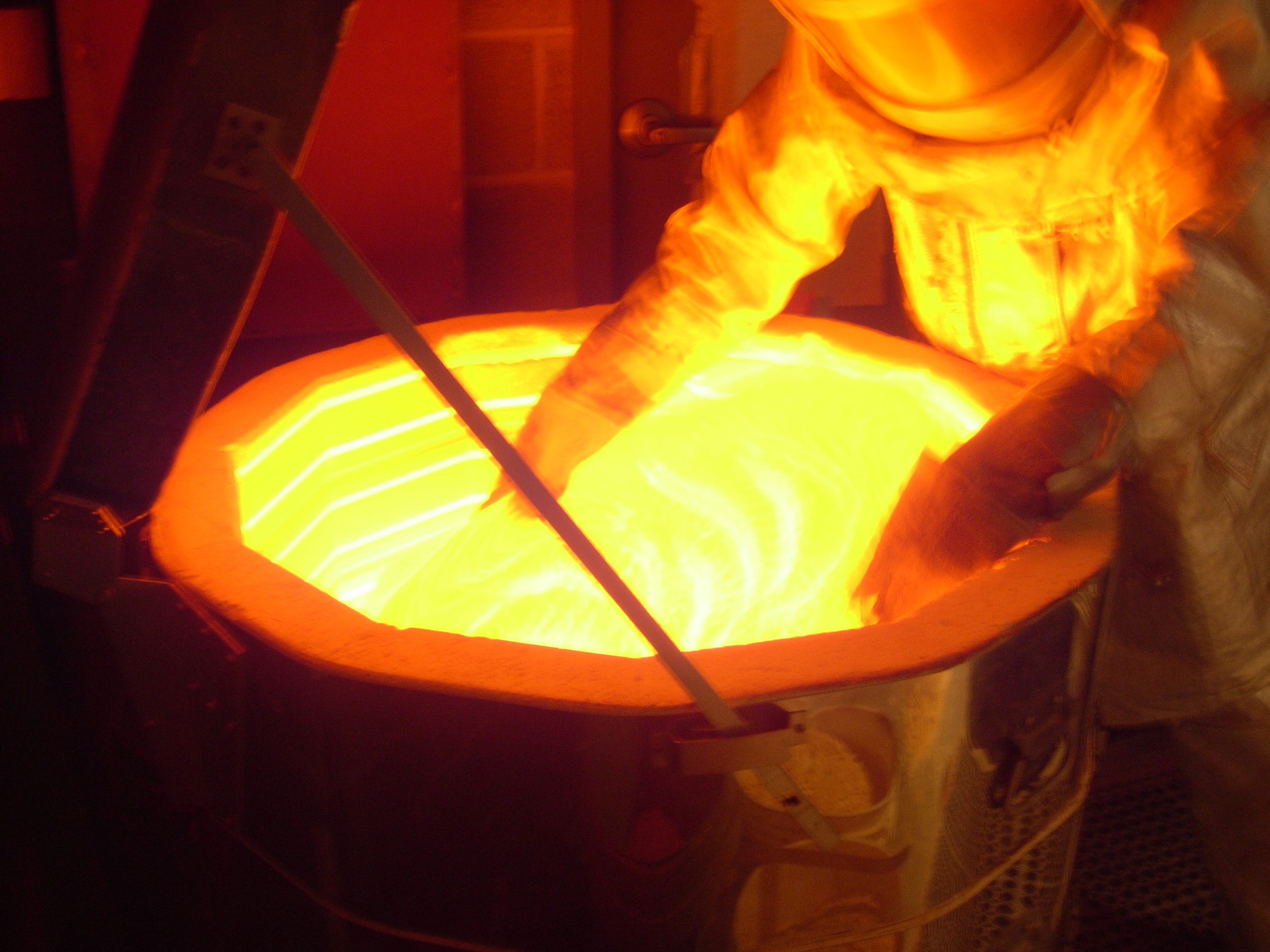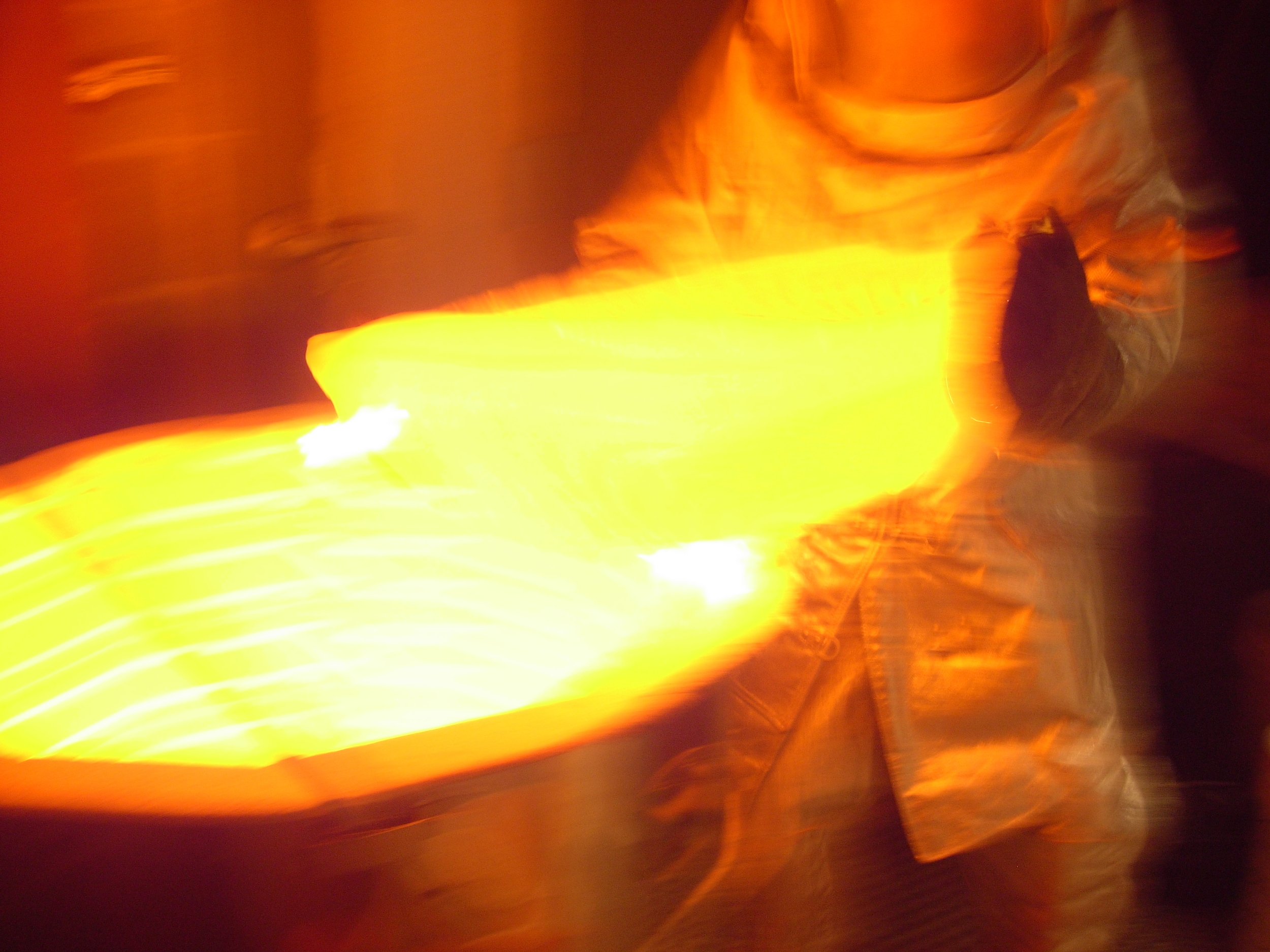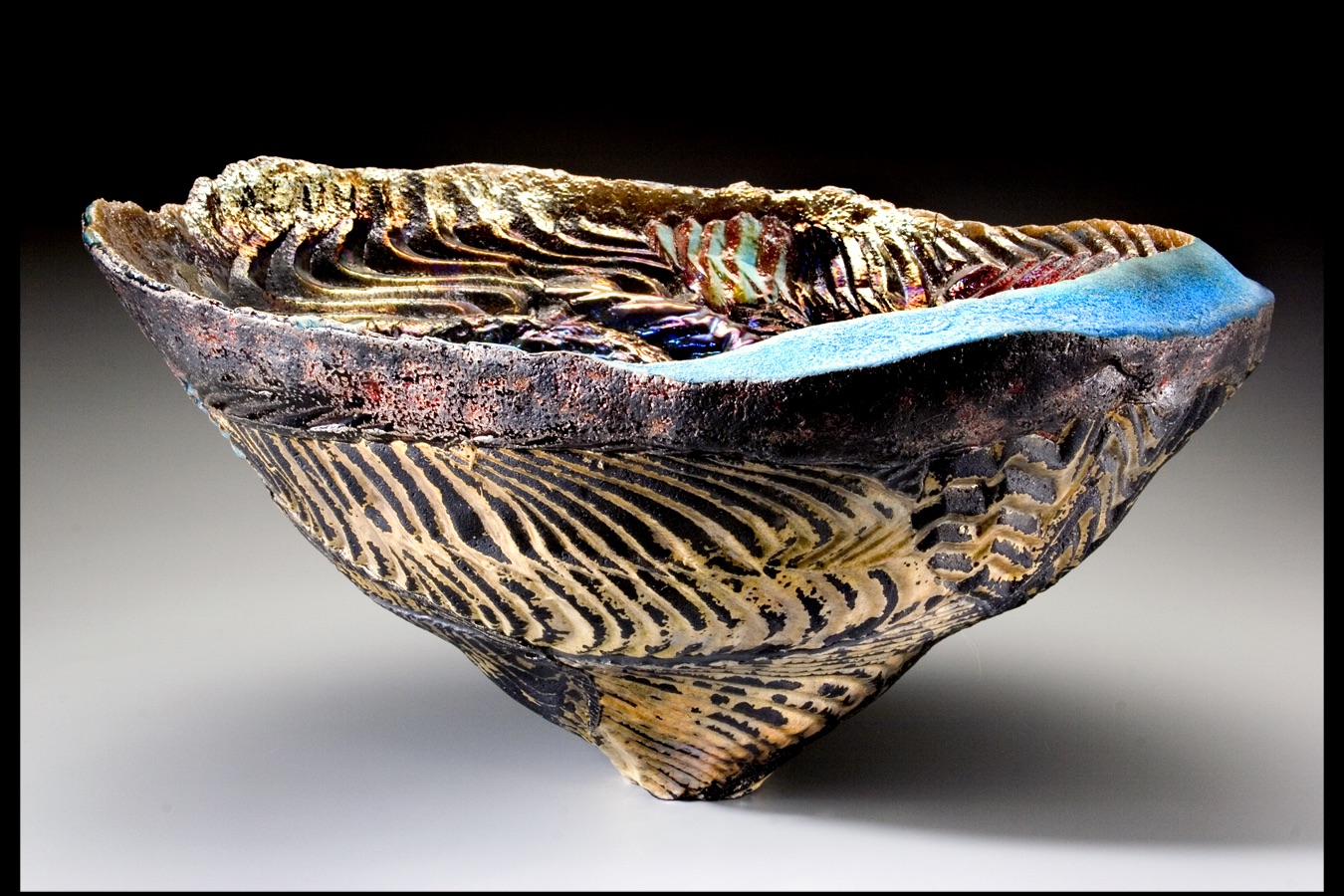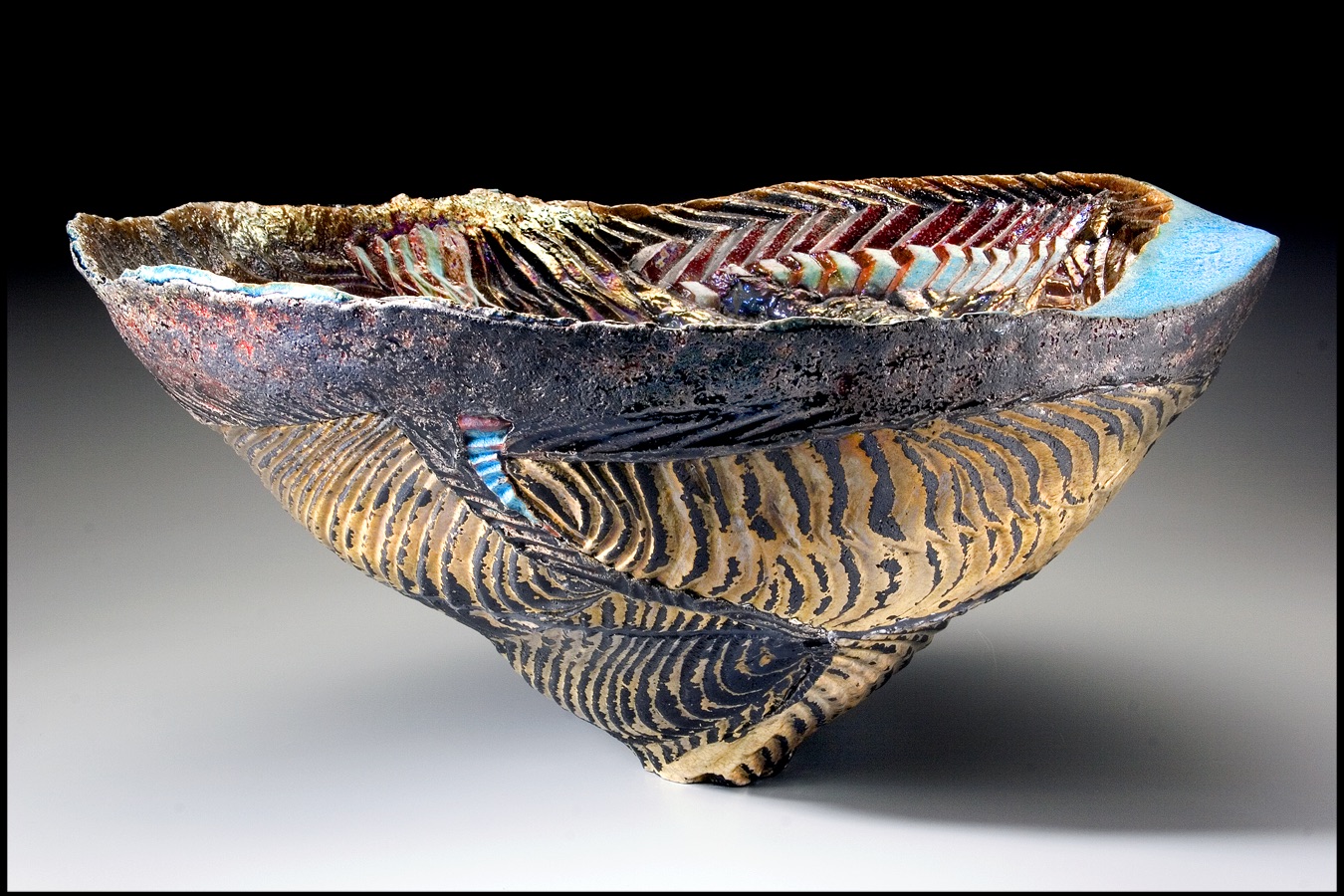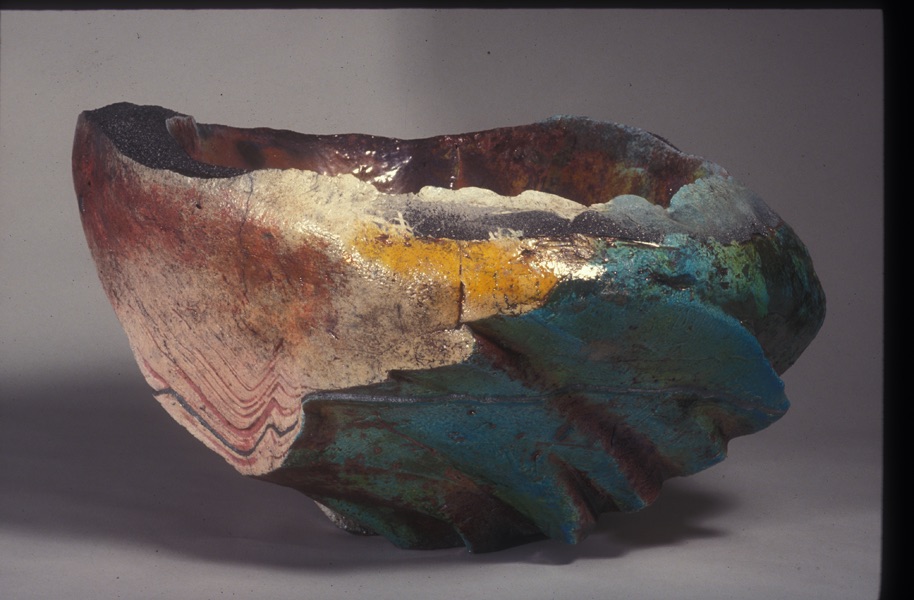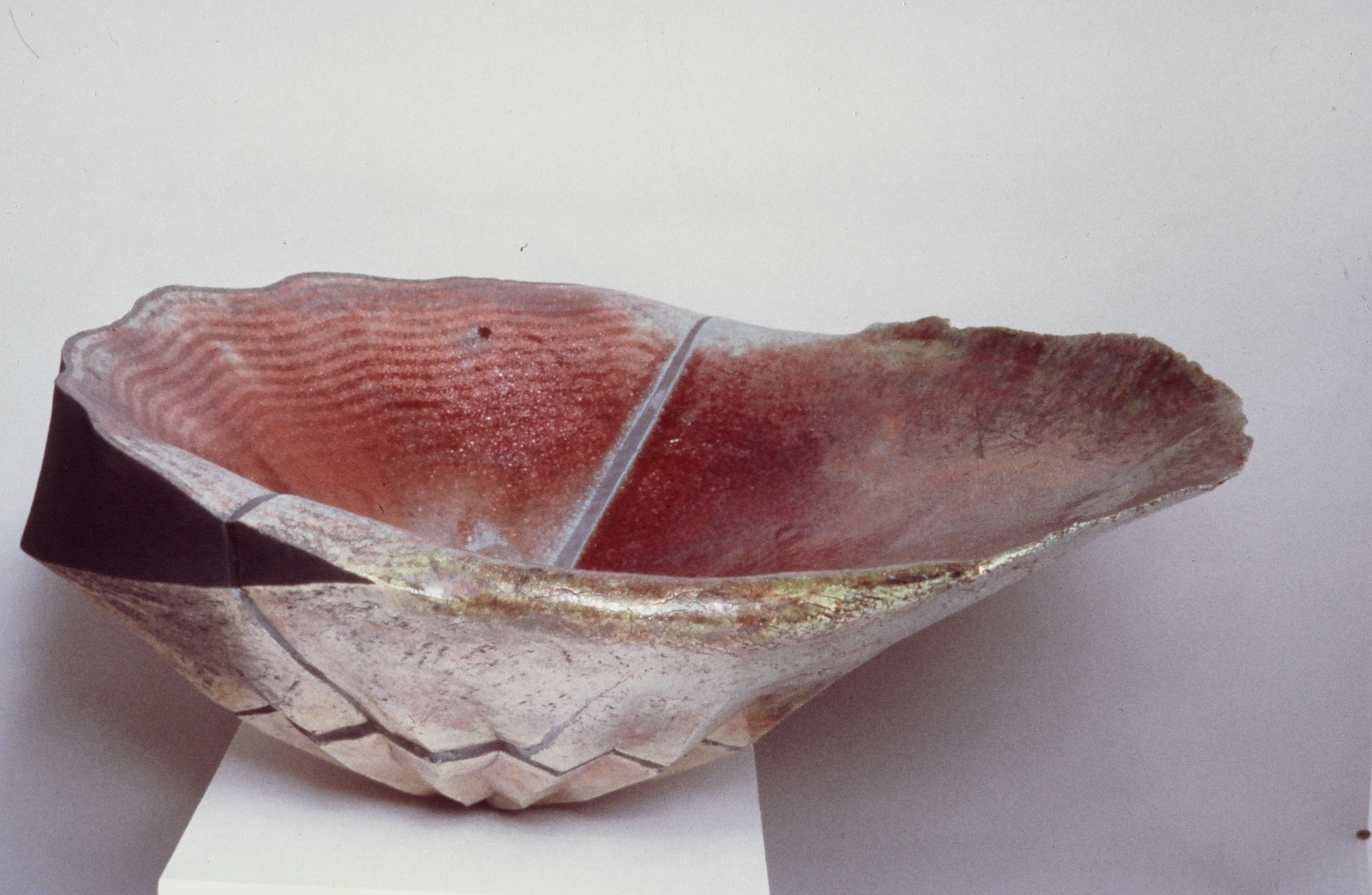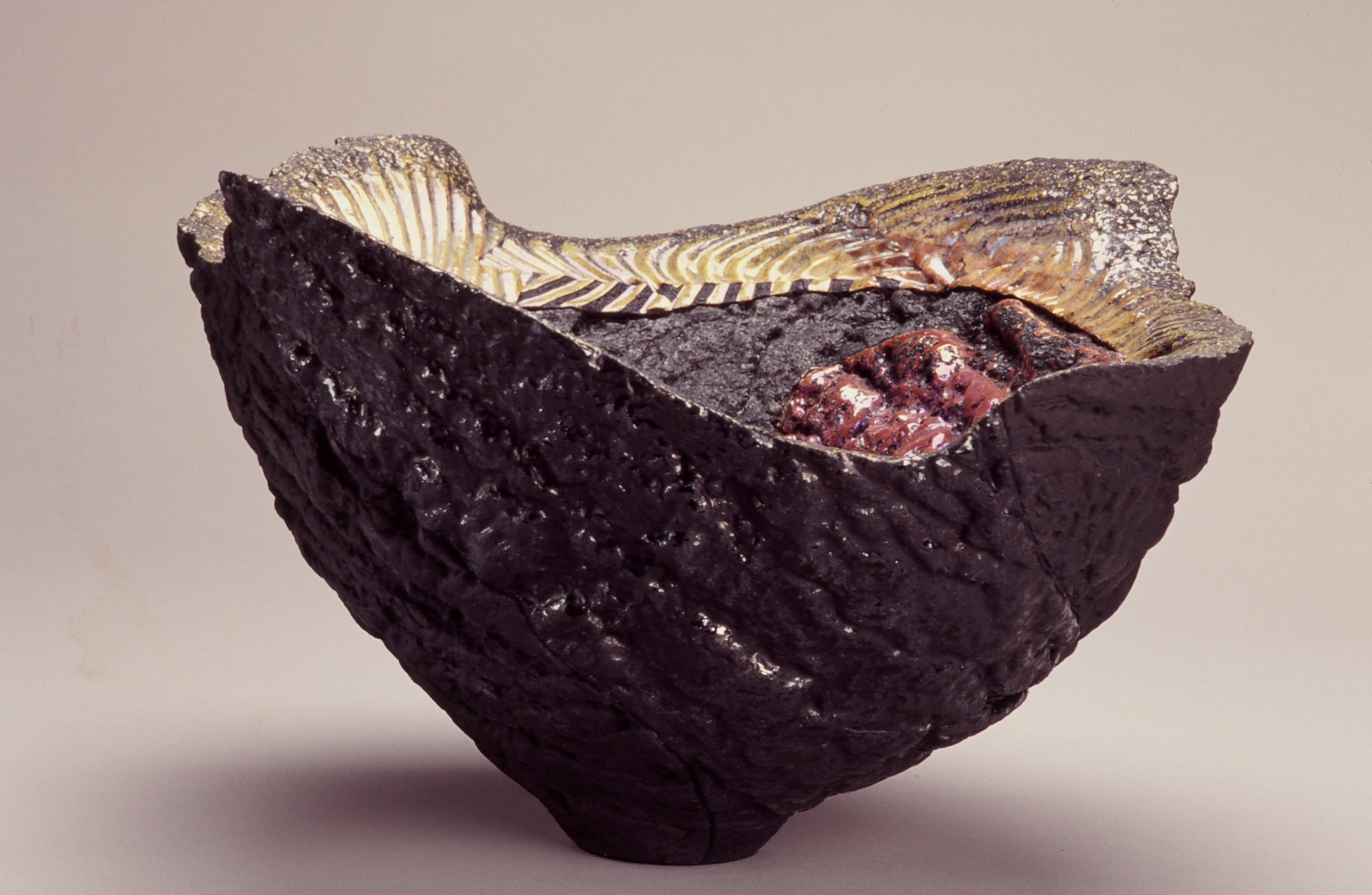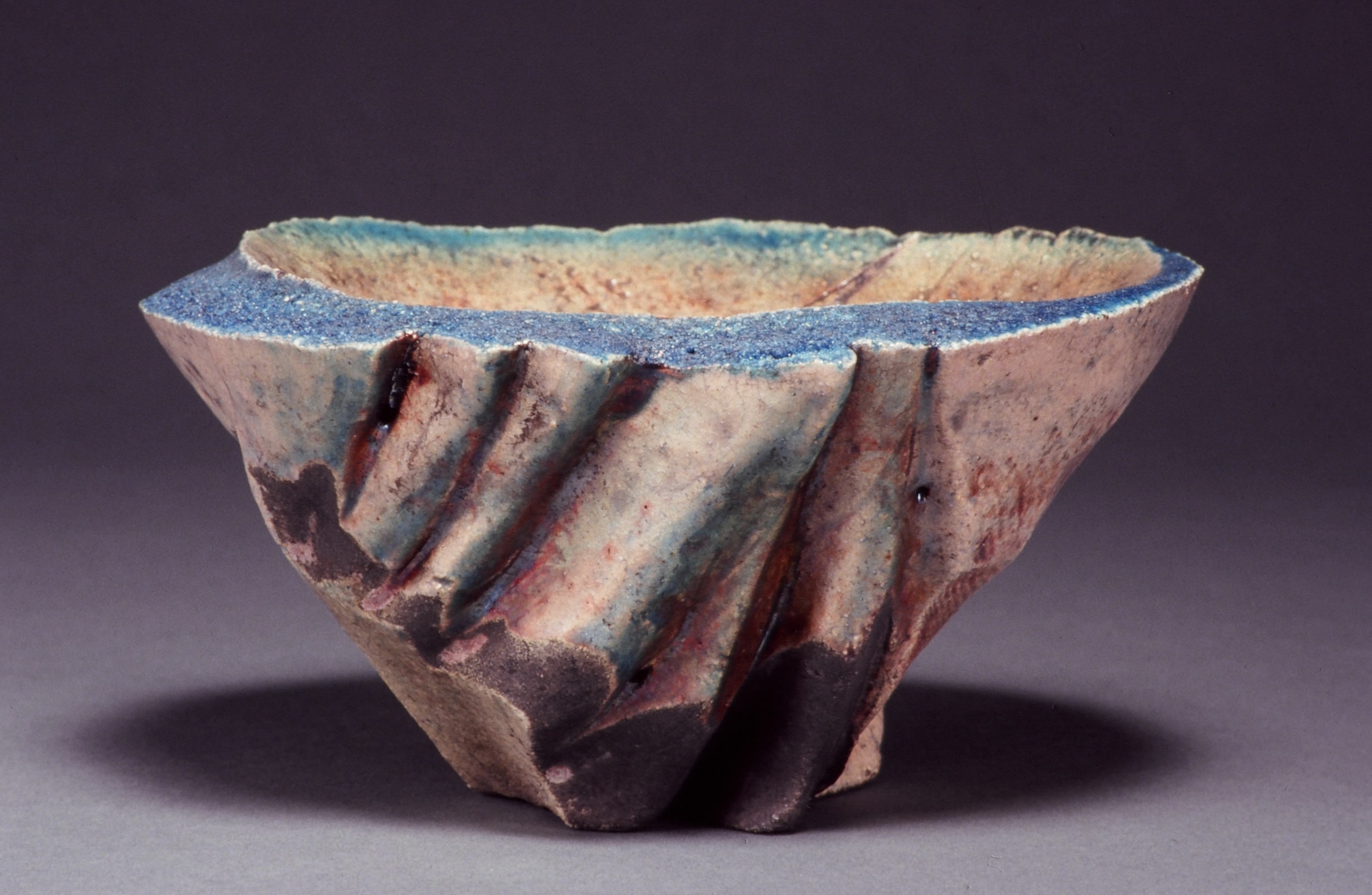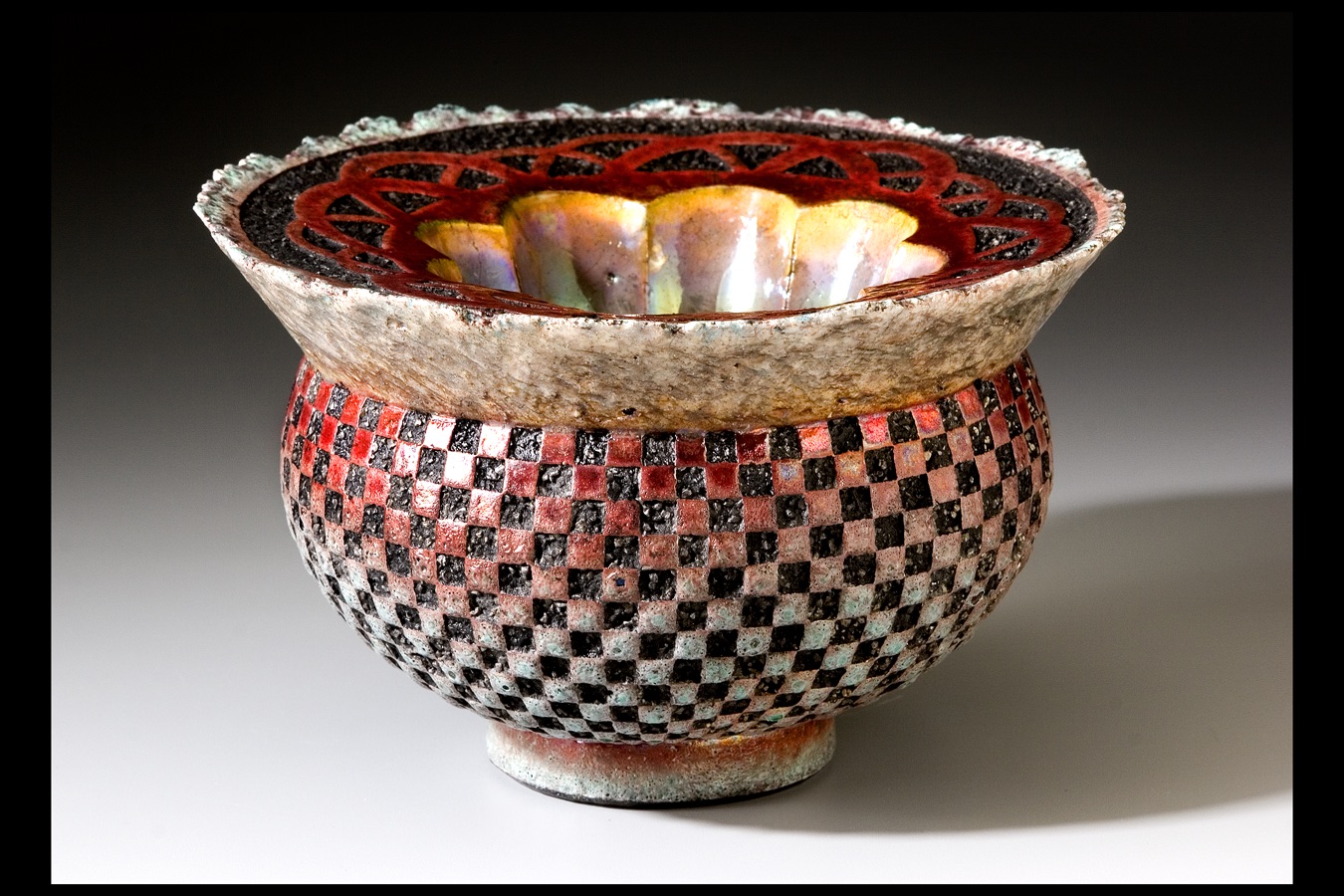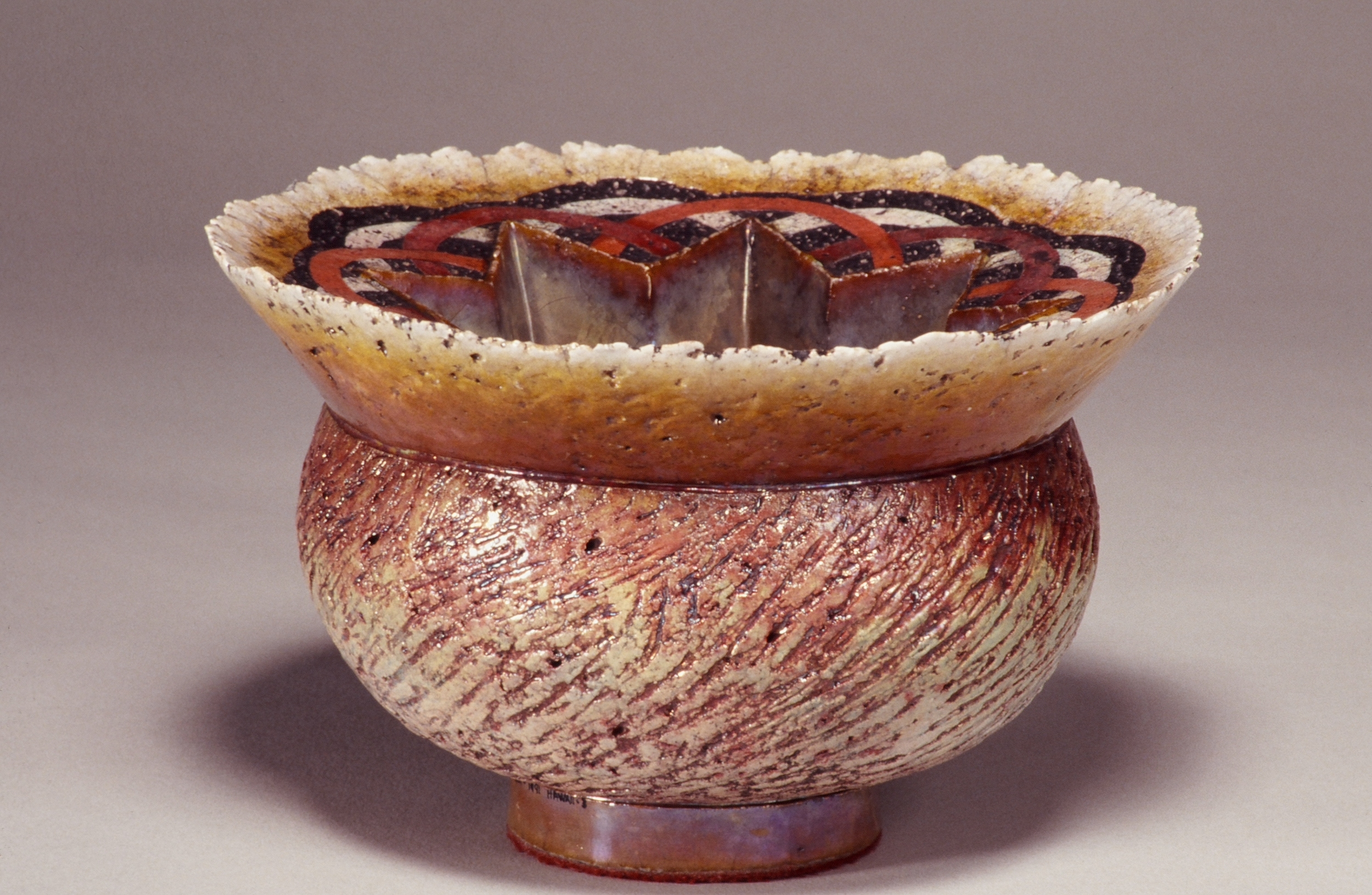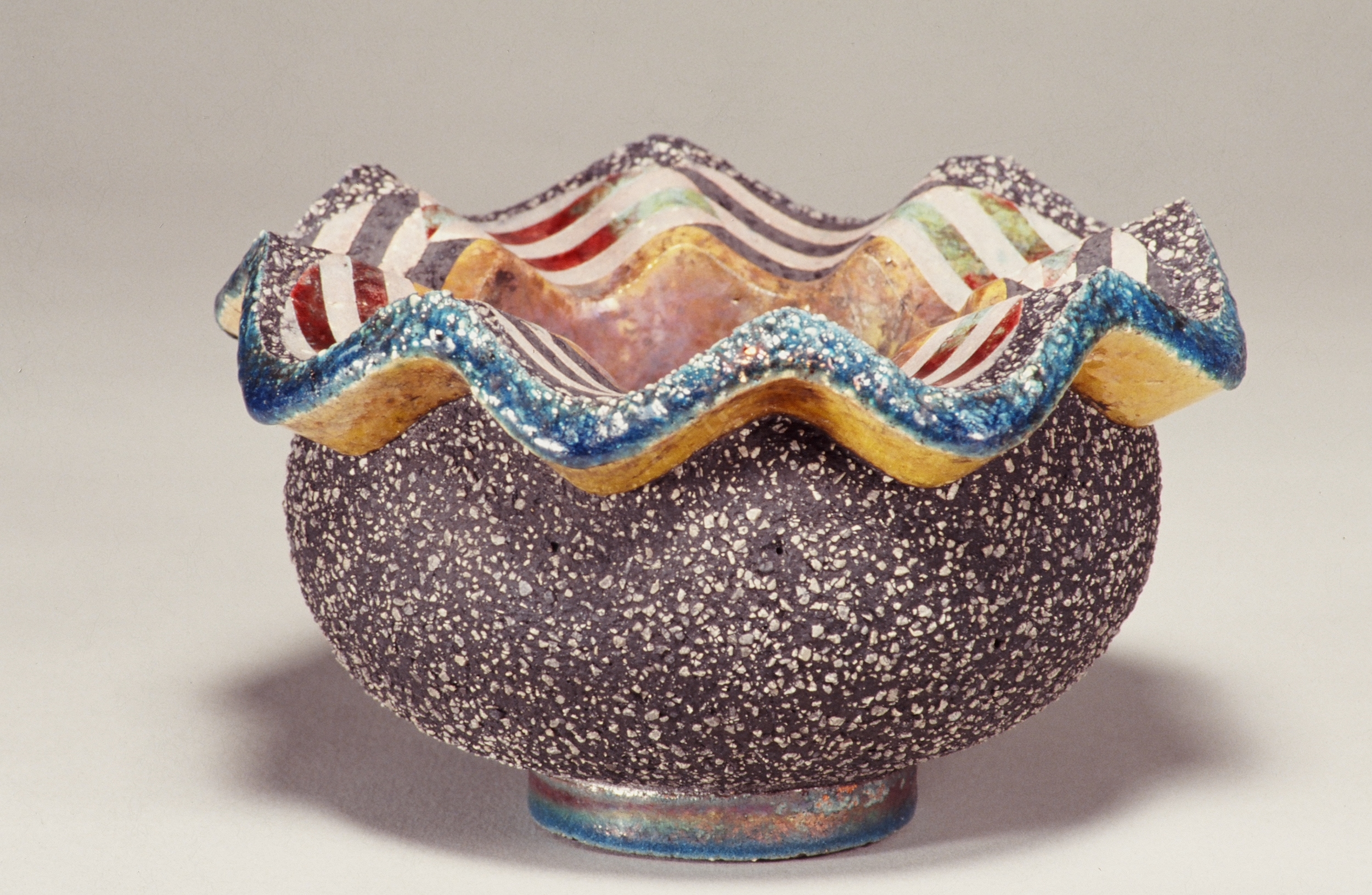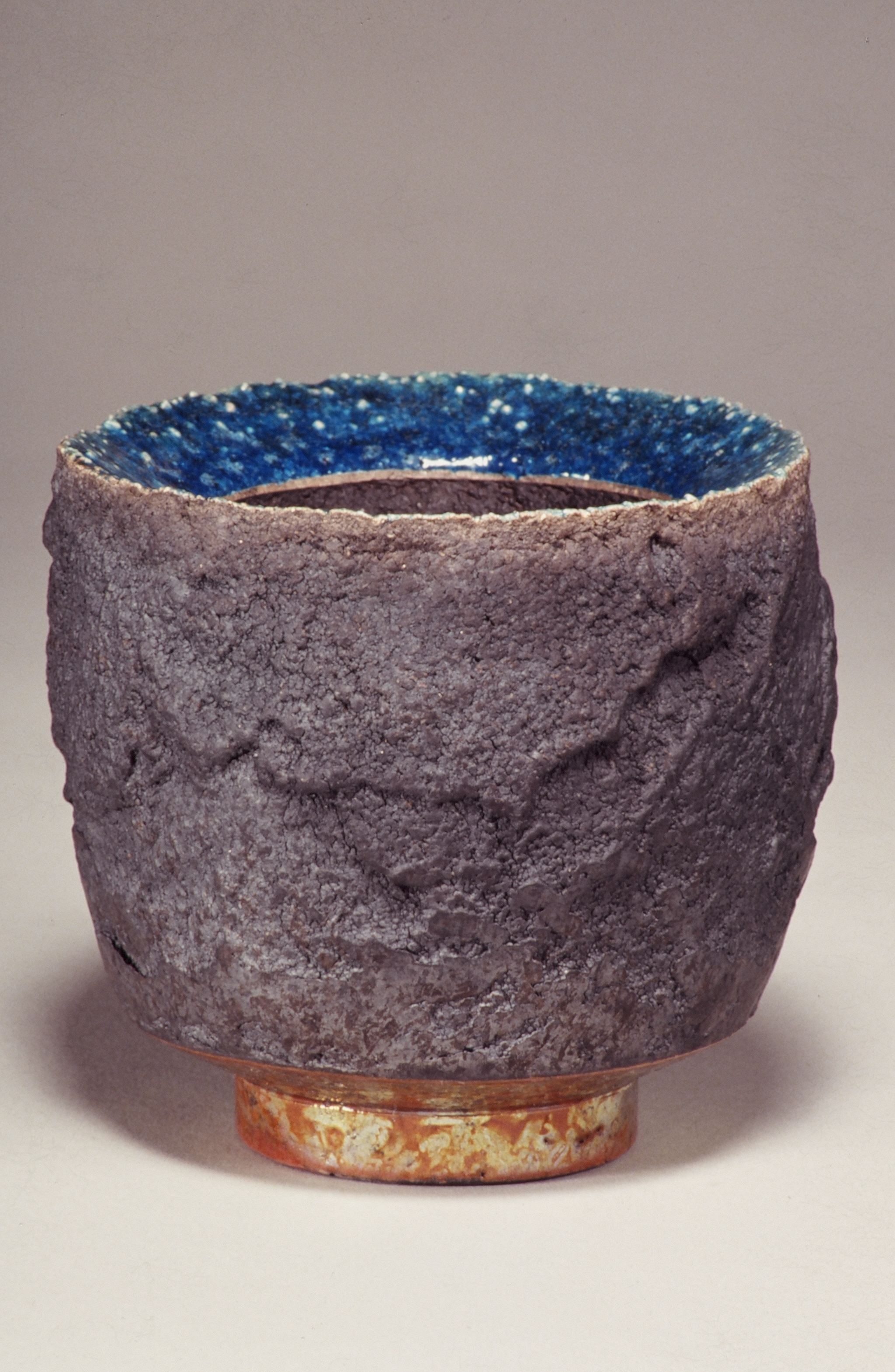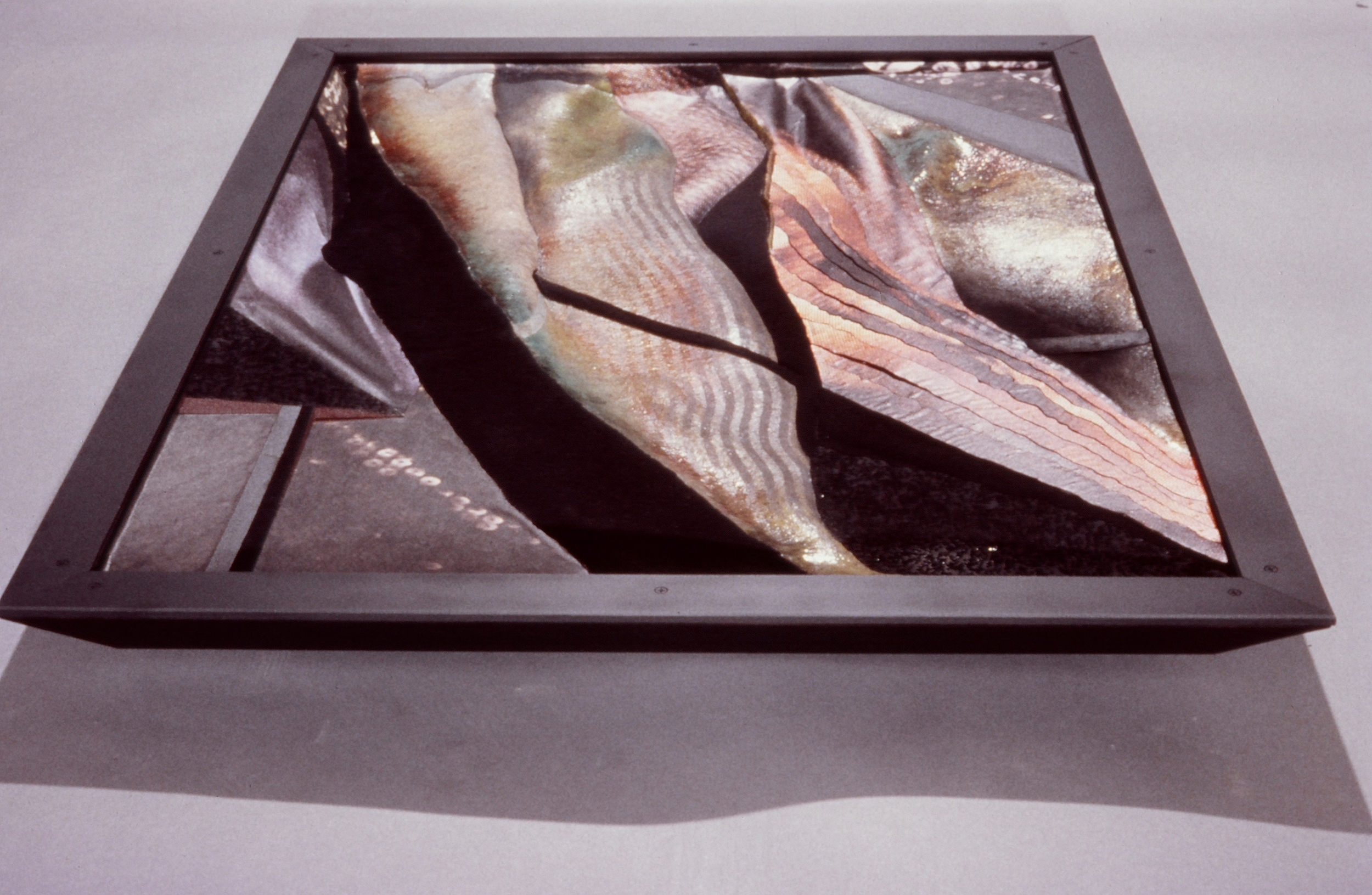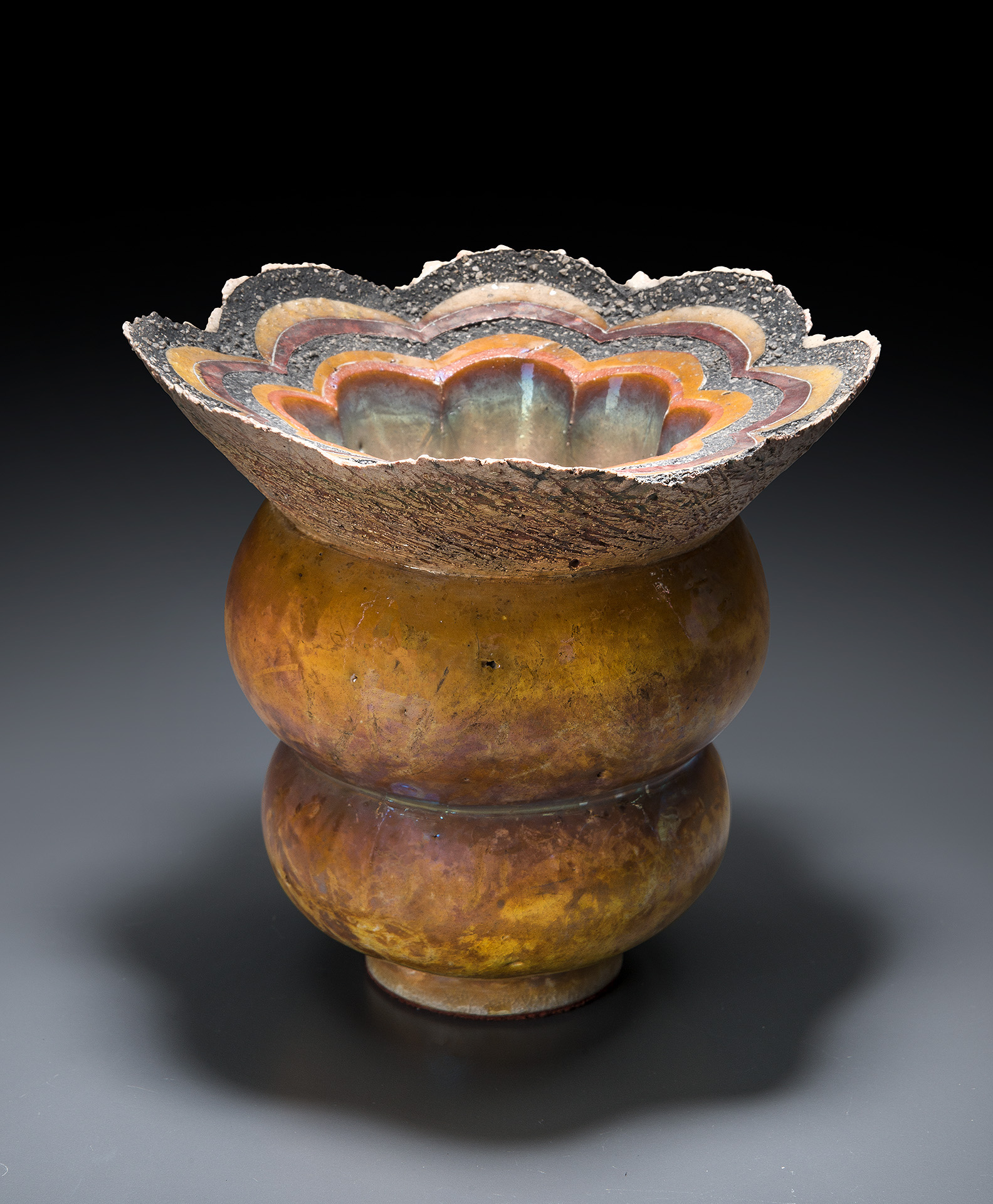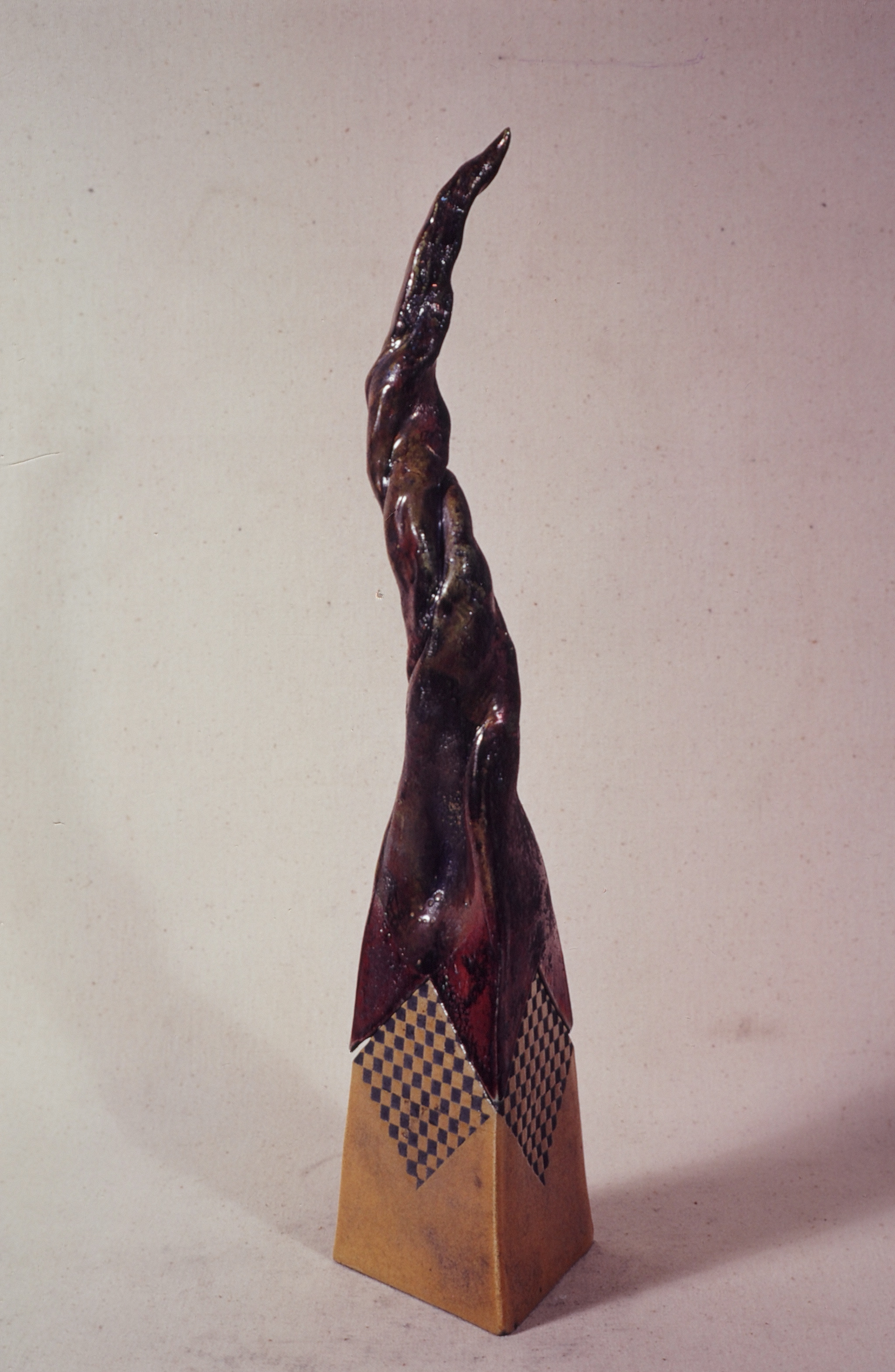Raku Vessels 2005 - 1968

Kilauea Volcano, Big Island Hawaii, Summer of 1994, GT's Area of Creative Interest
“I feel my work and I are on the edge, going someplace... on the verge of something. . . . . . .” - George Timock, 1999
“George Timock recalls his experience of seeing a sweep of mile upon mile of lava flowing to the sea from the caldera of Kilauea on the island of Hawaii. The incidence at the serrated rim of the volcano was an impetus for understanding the interior and exterior of his work. In that discovery Timock understood the dual strengths of material of matter and the essence of his own psychology.”
George Timock received an Outstanding Special Projects Award from the Kansas City Art Institute in 1994 allowing him to travel to Hawaii, specifically the Kilauea volcano, and enabled him to take latex molds of the volcano rock while drawing inspiration from the surrounding surfaces. The above excerpt from “Raku Vessels Survey 1978-1998” was written by Sherry Cromwell-Lacy in response to a retrospective exhibition he displayed at the Daum Museum of Contemporary Art in 1999 of his raku fired, sculptural vessels. For more than 40 years Timock focused his ceramic work in the effects of raku firing. In a time when most artists relied on the unexpected atmosphere to form the defining characteristics of their work, Timock approached the technique in a more controlled and calculated manner. His first experience with raku firing was in 1968 as an undergraduate student at Cranbrook Academy of Art. Having had no understanding of ceramic materials and processes, Timock initially transferred to the school with an interest in graphic design but ultimately his focus shifted to sculpture and painting. He was fascinated by Op Artists such as Bridget Riley, Kenneth Noland, and Victor Vasarely. Working in large scale painting, he was able to transfer the same techniques he applied to his painting to his sculpture. Intrigued by how the brain perceives what the eye sees, moiré patterns became a reoccurring theme in his work.
When Timock recalls his month long investigation in Hawaii, it was from inside the bowl of a lava field. From his view in the unilluminated base, the above horizon was composed of mountainous, petrified lava, and he was in the valley of the terrain. A survey of his vessels displays the sequence of different explorations within the raku process but what remains throughout is the origin of the container and the containment of space. It’s easy to visually imagine Timock in the valley of a lava field and see his experiences within his work. His sculptural vessels compressing space or opening up to release it, the implied walls of the container moving from varying degrees of thickness, moving around the perimeter, around the rim. A point of reference remains on the ground as imbalance and asymmetry create a tipping point, on the verge of falling.
For the past fifteen years, Timock has shifted his work away from raku as he has travelled to the International Ceramic Studio in Kecskemet, Hungary to work with renowned “special” Hungarian porcelain. While his work is now physically more grounded, he creates the same imbalance that once inspired the surfaces of his undergraduate work and later the physical imbalance of his raku work, in the now reflective qualities of luster contrasted against the highly textured, clarity and purity of porcelain clay.
Essay / Interview - 2016 by Maura Wright





